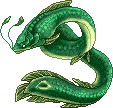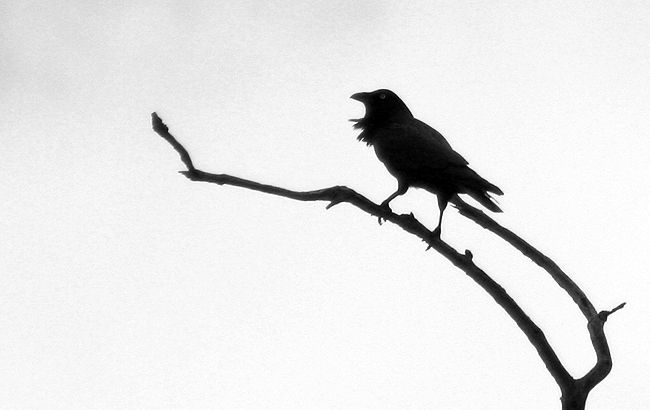These marmots live all over the range, below tree lines, through the desert, in the forest areas. Yellowstone used to have problems with people feeding them, and them getting extremely large and FAT and begging at Old Faithful.
There is a chance that I've forgotten exactly which species they actually are, there's several species of marmot. Double checked... I'm going to have to take photos of our marmots and cross reference, looking at the faces, I think we might have hoary's here in the canyon, but looking at a range map, it looks like the Yellow-bellies are more common, which is what I thought we had here.

The event hunt was on a few square miles of one particular area. But I hear so many stories from people, co-workers, people at parties, what ever who just talk about going out and shooting them, just for fun and target practice.
As to diseases... it looks like they can spread various diseases, just like rats can.
Here's a slightly edited quote I found.
the Manchurian Plague of 1910-1911
In the early 1900s railroads brought people from south China to Manchuria, a region of northeast China, newly opened to marmot hunting. "Local hunters knew how to recognize sick marmots and knew to leave them alone," Summers said. "The new, migrant hunters didn't know local lore and spread disease from sick marmots to themselves. The railroad made the rapid spread of sick people possible."
By the spring of 1911 a major epidemic of pneumonic plague swept through Manchuria killing between 45,000 and 60,000 people.
Ravenari wrote:Maybe, but probably not in Australia. They tend to really frown on the keeping of exotics here, it's very different to the USA. For example, in some states in the USA, it's possible to keep sugar gliders (native to Australia) as pets. In Australia, it is illegal to keep sugar gliders as pets. Ravens are not permitted to be kept as pets, even with a licence.
I've found that in any place where an animal is native, it's illegal to keep them as pets. Here in the western US, it's illegal to keep blue-bellied lizards as pets, because they live here in the wild, so there's no way to 'prove' the lizard wasn't captured. But in the eastern US, they are a very popular pet, and legal to keep, because breeders hatch them and sell them. I've had the wonderful opportunity to rehab a couple, and even the wild born ones can make lovely pets.
House Finches are a cute little red (or orange or yellow) headed finch native to the western US. A group were captured (and possibly bred in captivity) and then sent east to be sold as pets called Hollywood Finches. Fish and Game found out and went to round them up out of the pet stores, as they were protected by law. The pet stores released them, rather than be caught with them... and now the House Finch lives in the east and is making its way westward to meet the original population. (these also make wonderful pets... I've enjoyed my house finch rehabs more than the parakeets I kept!)
I would imagine that Australia is extremely concerned about the possibility of released exotic pets, the same way Hawaii and Florida are, because they have such issues with invasive species already.
I have heard that non-native corvids can be kept as pets with out permits, because they have to be acquired through legal breeders. The hybrids are easier to acquire because they are obviously not a native species. Hybridizing in the falconry world is also common, partly to try to establish the 'best of both worlds', such as the speed of a peregrine with the strength of a gyrfalcon, but also because such a pairing would likely never happen in the wild, so it's relatively certain that such a hybrid bird was born in captivity. This is also part of why albino reptiles are popular and color morphs are encouraged- such bright animals are not likely to survive in the wild, so the chances of them having been born and raised in captivity are much, much higher.
I believe this is also becoming more common with pet parrots as well, since it has not been legal to keep wild caught parrots for over 30 years. I see more and more color morphs of common parrot species, such as blue forms, high color forms, pastel forms, hybrids of different species of macaw, etc.























